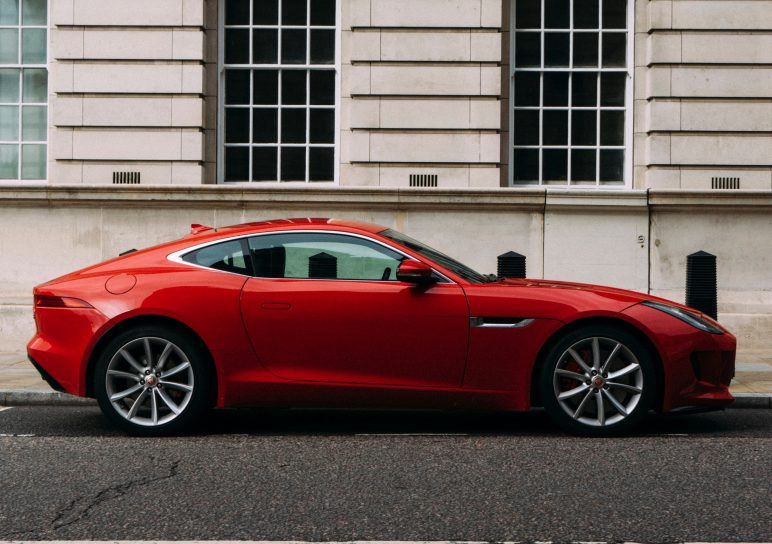I mowed my lawn last week. Amidst all the gloom surrounding the crisis currently facing the world, how lovely it has been to see some sunshine over the last few weeks. I love this time of year, when lighter evenings and brighter, warmer days make us feel more inclined to be out in the open air.
Continue Reading

